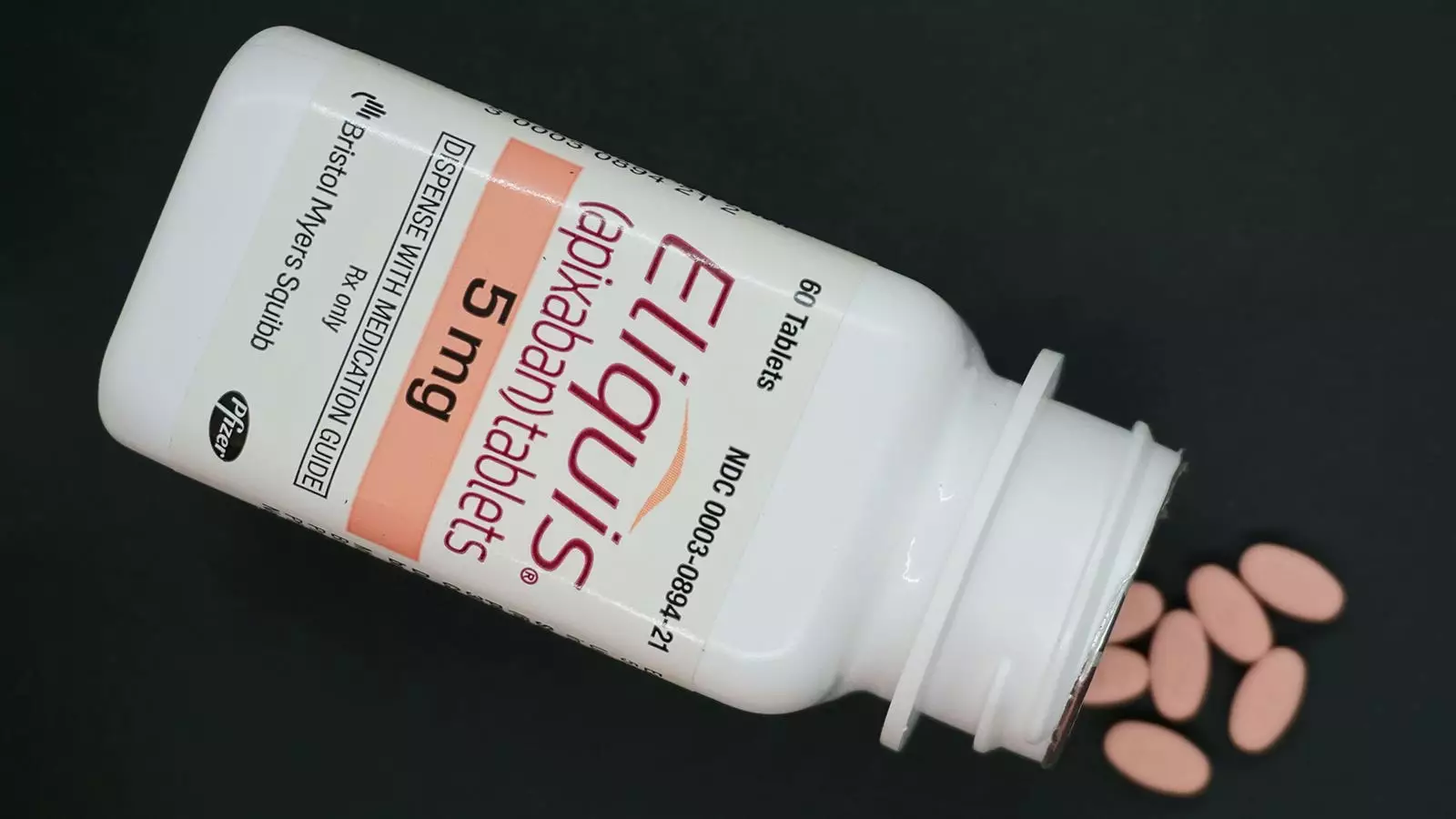In a recent phase III randomized study, the use of apixaban (Eliquis) as prophylaxis did not decrease the rate of venous thromboembolism (VTE) in children newly diagnosed with acute lymphoblastic leukemia or lymphoma. The findings from the PREVAPIX-ALL study, conducted by Sarah H. O’Brien, MD, and colleagues, indicate that apixaban did not demonstrate significant benefits in preventing VTE in this patient population. Furthermore, the study revealed potential safety concerns, including an increased risk of bleeding events among patients receiving apixaban.
During a median follow-up of 27 days, the researchers observed that 12% of patients who received apixaban experienced composite VTE, whereas 18% of those who did not receive systemic anticoagulant developed VTE. Although the relative risk (RR) of VTE with apixaban was 0.69, the difference was not statistically significant (p=0.080). Notably, both the apixaban group and the standard-care group experienced two major bleeding events. However, clinically relevant non-major bleeding, primarily grade 1 or 2 epistaxis, occurred more frequently in the apixaban group (4% vs. 1%; RR 3.67, p=0.030).
Given the study’s results, O’Brien et al. emphasized that the uniform use of pharmacological thromboprophylaxis in pediatric patients with acute lymphoblastic leukemia or lymphoma is not supported. The safety of apixaban during induction chemotherapy also requires further investigation, particularly in specific patient subsets such as children younger than 2 years, those with central nervous system disease, and those with hyperleukocytosis. However, the researchers acknowledged that for patients deemed to be at particularly high risk of thrombosis, the safety data from the PREVAPIX-ALL study provide some encouragement for the use of apixaban in specific clinical settings where the potential benefits outweigh the risk of bleeding.
Children diagnosed with acute lymphoblastic leukemia or lymphoma face an increased risk of VTE during induction chemotherapy. However, administering anticoagulants to children presents challenges due to the potential risk of bleeding associated with the disease itself and the chemotherapy regimen. Low-molecular-weight heparin, the preferred anticoagulant for children, necessitates daily injections, making it less ideal. Apixaban, as a direct oral anticoagulant, offers potential advantages as it is administered orally, has anticoagulant activity independent of antithrombin, and does not require monitoring.
Dr. Uma H. Athale, in her commentary accompanying the study, highlighted the independent risk factor of older age in ALL-associated VTE. The lowest incidence of VTE is observed in children younger than 5 years old, while the highest incidence occurs in those aged 15 to 18 years. In the PREVAPIX-ALL study, younger children (below 10 years) exhibited a higher bleeding rate when receiving apixaban compared to standard of care. In contrast, children aged 10 and above had similar bleeding rates in both groups. Dr. Athale argued for targeting future pediatric trials of acute lymphoblastic leukemia thromboprophylaxis to patients aged 10 years and older to minimize the potential harm of bleeding.
The PREVAPIX-ALL trial enrolled 512 patients aged 1 to 17 with newly diagnosed acute lymphoblastic leukemia or lymphoblastic lymphoma across 74 pediatric hospitals in 10 countries. The participants were randomly assigned to receive weight-adjusted twice-daily apixaban during induction or standard of care. The most common adverse events observed were thrombocytopenia, platelet count decrease, anemia, febrile neutropenia, and neutropenia. Notably, only 77% of patients in the apixaban group completed the treatment period compared to 96% in the standard-of-care group, primarily due to adverse events.
The PREVAPIX-ALL study demonstrated that prophylaxis with apixaban did not significantly reduce the rate of VTE in children with newly diagnosed acute lymphoblastic leukemia or lymphoma. Furthermore, it revealed an increased risk of bleeding events in the apixaban group. These findings cast doubt on the uniform use of pharmacological thromboprophylaxis in pediatric patients with these malignancies. Going forward, it is essential to continue studying the safety and efficacy of apixaban in specific patient subsets, especially those with high-risk features. Overall, the study urges caution in prescribing prophylactic anticoagulation in pediatric cancer patients and underscores the need for personalized risk-benefit assessments in this population.


Leave a Reply